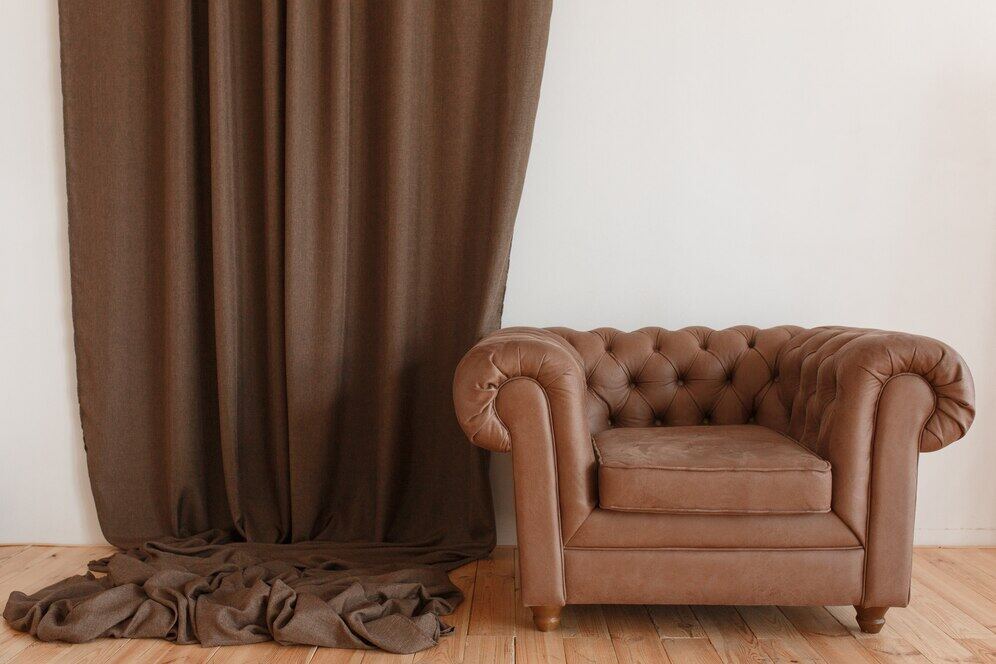Email format error
Email cannot be empty
Email already exists
6-20 characters(letters plus numbers only)
The password is inconsistent
Email format error
Email cannot be empty
Email does not exist
6-20 characters(letters plus numbers only)
The password is inconsistent

News

Exploring the World of Microfiber Leather: What It Is and Why It Matters
When you hear the term "microfiber leather," you might wonder what it is and how it differs from other types of leather. In the world of materials, microfiber leather stands out due to its unique properties, versatility, and environmental benefits. Let’s dive into this fascinating material and explore why it’s becoming increasingly popular in various applications.
What is Microfiber Leather?
To understand microfiber leather, it's essential to break down its components. Microfiber leather, sometimes referred to as synthetic leather, is a high-tech material made from microfibers—ultra-fine fibers that are much thinner than a human hair. These fibers are typically made from a blend of polyester and polyurethane, which are processed to mimic the look and feel of genuine leather.
The production process involves layering these microfibers in a non-woven fabric and then applying a polyurethane coating. This coating gives the material its leather-like appearance and texture. The result is a product that combines the aesthetics of leather with the durability and practicality of synthetic materials.
The Science Behind Microfiber Leather
At its core, microfiber leather is about advanced materials science. The microfibers used in its creation are incredibly fine, which allows them to create a material that is not only lightweight but also highly durable. The layering of these fibers creates a structure that resembles the grain and texture of real leather, making it a convincing alternative.
One of the significant advantages of microfiber leather is its breathability. Unlike some other synthetic materials, microfiber leather allows air to pass through, which helps to prevent the buildup of heat and moisture. This makes it more comfortable to use in various applications, from furniture to clothing.
Advantages of Microfiber Leather
1. Eco-Friendly
One of the most compelling reasons to choose microfiber leather over genuine leather is its environmental impact. Traditional leather production involves tanning processes that can be harmful to the environment due to the use of toxic chemicals. Microfiber leather, being synthetic, avoids these issues and can be produced with less environmental strain.
Furthermore, many manufacturers are now focusing on sustainable practices, such as using recycled materials in the production of microfiber leather. This makes it a more eco-friendly option compared to traditional leather, which often involves deforestation and high water usage.
2. Durability and Maintenance
Microfiber leather is known for its durability. It is resistant to scratches, stains, and general wear and tear. This makes it an excellent choice for high-traffic areas and items that are subject to heavy use, such as car interiors and office furniture.
Additionally, microfiber leather is relatively easy to maintain. Unlike genuine leather, which requires regular conditioning and special cleaning products, microfiber leather can be cleaned with a simple wipe-down using a damp cloth. This low-maintenance aspect makes it a practical choice for busy lifestyles.
3. Affordability
Another advantage of microfiber leather is its cost-effectiveness. Genuine leather can be quite expensive, especially if it is high-quality and sourced from specific types of animals. Microfiber leather offers a more budget-friendly alternative while still providing a similar aesthetic and functional benefits.
4. Variety and Customization
Microfiber leather comes in a wide range of colors, textures, and finishes. This versatility allows designers and manufacturers to create products that suit a variety of tastes and preferences. Whether you’re looking for a sleek, modern look or a more traditional feel, microfiber leather can be customized to meet those needs.
Applications of Microfiber Leather
Microfiber leather’s versatility makes it suitable for a wide array of applications. Here are some popular uses:
1. Furniture
In the furniture industry, microfiber leather is often used for upholstery. Its durability and ease of maintenance make it an attractive option for both residential and commercial furniture. Sofas, chairs, and ottomans upholstered in microfiber leather can offer the luxurious feel of real leather without the high price tag.
2. Automotive Interiors
Car manufacturers frequently use microfiber leather for seat covers, dashboards, and steering wheels. Its resistance to wear and tear is particularly beneficial in vehicles, where constant use can lead to significant wear on materials. Additionally, microfiber leather’s breathability contributes to a more comfortable driving experience.
3. Fashion and Accessories
In the fashion world, microfiber leather is used in a variety of accessories, including handbags, wallets, and shoes. Its ability to mimic the look and feel of real leather makes it a popular choice for designers who want to offer stylish and affordable options. It also allows for more creative freedom in design, thanks to its wide range of colors and textures.
4. Sports Equipment
Microfiber leather is also used in sports equipment, such as gloves, pads, and balls. Its durability and resistance to wear make it ideal for equipment that undergoes rigorous use. Additionally, its lightweight nature helps to enhance performance by providing a more comfortable and flexible fit.
The Future of Microfiber Leather
As technology continues to advance, the future of microfiber leather looks promising. Innovations in production techniques and materials are likely to make microfiber leather even more sustainable and versatile. For instance, research into bio-based polymers and recycled fibers is paving the way for more eco-friendly options within the microfiber leather category.
Moreover, the growing consumer demand for ethical and sustainable products is pushing manufacturers to develop new and improved versions of microfiber leather. This includes efforts to reduce the environmental impact of production processes and to enhance the material's performance and aesthetics.
Conclusion
Microfiber leather is a remarkable material that combines the best aspects of technology and design. By mimicking the look and feel of genuine leather while offering additional benefits such as durability, ease of maintenance, and environmental sustainability, microfiber leather has carved out a significant niche in the market.
Whether used in furniture, fashion, automotive interiors, or sports equipment, microfiber leather proves to be a versatile and practical choice. As advancements in technology continue to shape the future of materials, microfiber leather is likely to remain a prominent player, offering innovative solutions for a wide range of applications.
In summary, understanding "what is microfiber leather" and appreciating its unique qualities can help consumers and designers make informed choices about their material options. Its blend of functionality, aesthetics, and environmental benefits makes it a material worth considering in various aspects of our lives.

